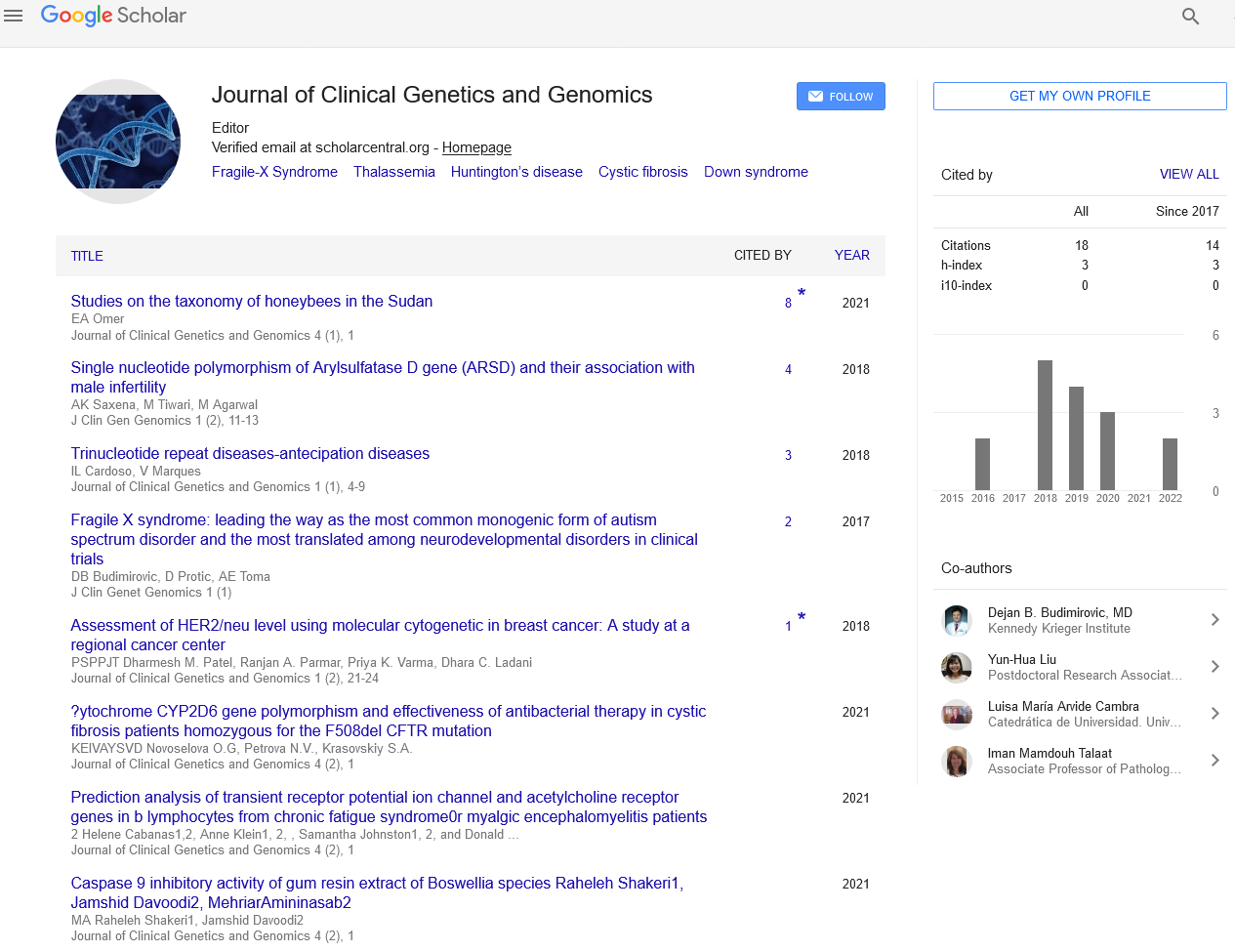
Sign up for email alert when new content gets added: Sign up
Nanohydroxyapatite coatings doped with nanocopper particles on Ti13Zr13Nb titanium alloy for biomedical application
International Conference on STEM CELLS AND REGENERATIVE MEDICINE
November 06-07, 2019 | Tokyo, Japan
Michal Bartmanski
Gdansk University of Technology, Poland
ScientificTracks Abstracts: J Clin Gen Genomics
Abstract :
Introduction: Nowadays, the most commonly used titanium alloys for long-term implants are Ti6Al4V and less Ti6Al7Nb. The negative effect of Al (may cause Alzheimer’s disease and softens bone process) and V (may provoke cytological responses and damage neurological disorders in the nervous system) was reported. To ensure proper connection between human bone and implants surface, improve biocompatibility and mechanical properties, many types of surface modifications were used, such as the calcium phosphate-based coatings (e.g., hydroxyapatite), laser treatment, anodization and etching. Unfortunately, these modifications do not fully meet the requirements set for them; hydroxyapatite coatings are usually thick and with poor mechanical properties, which may damage the coating during the implantation process preventing primary stabilization.
Methodology: In presented research the new generation Ti13Zr13Nb alloy, without toxic elements and with mechanical properties (~E = 79 GPa) closer than Ti6Al4V (~E = 110 GPa) to the human bone (~E = 10-30 GPa) were proposed. The nanohydroxyapatite coatings with nanocopper particles were deposited using the electrophoretic method in a one-way process. To study properties of obtained coatings, the scanning electron microscopy, atomic force microscopy, energy-dispersive X-ray spectroscopy, nanoindentation and nanoscratch-test techniques were used.
Results: The study confirmed that it is possible to obtain homogenous nanohydroxyapatite coatings with nanocopper particles in a way electrophoretic deposition process. The positive effect of presents nanocopper in coatings on thickness, topography and nanomechanical properties was obtained.
Future plans: Based on the positive results of preliminary tests, the authors plan to perform tests on the rate of release of nanocopper particles into SBF solutions as well as cytotoxicity and bactericidal properties tests.
Biography :
Michal Bartmanski has his expertise in biomaterials and nanobiomaterials engineering, surface engineering and nanotechnology. The
main achievements include deposit of nanohydroxyapatite coatings, nanoHAp coatings with nanometals with bactericidal properties
and smart coatings on titanium alloys for biomedical applications and characteristic their mechanical (e.g., nanoindentation technique),
chemical (e.g. release of elements to simulated body fluids), physical (e.g. surface topography) and biological (e.g. cytotoxicity)
properties. Research-based on new modifications of biomaterials surface will allow in the future to develop more biocompatibility longterm
implants.
E-mail: michal.bartmanski@pg.edu.pl




